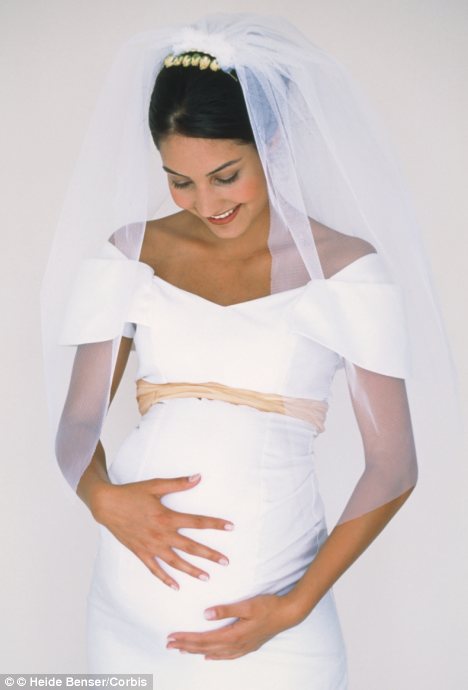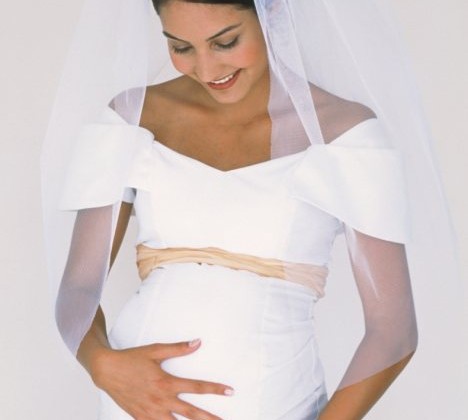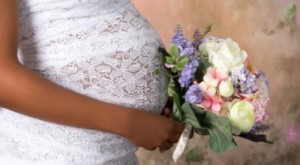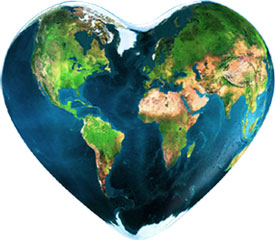Posts Tagged: politics
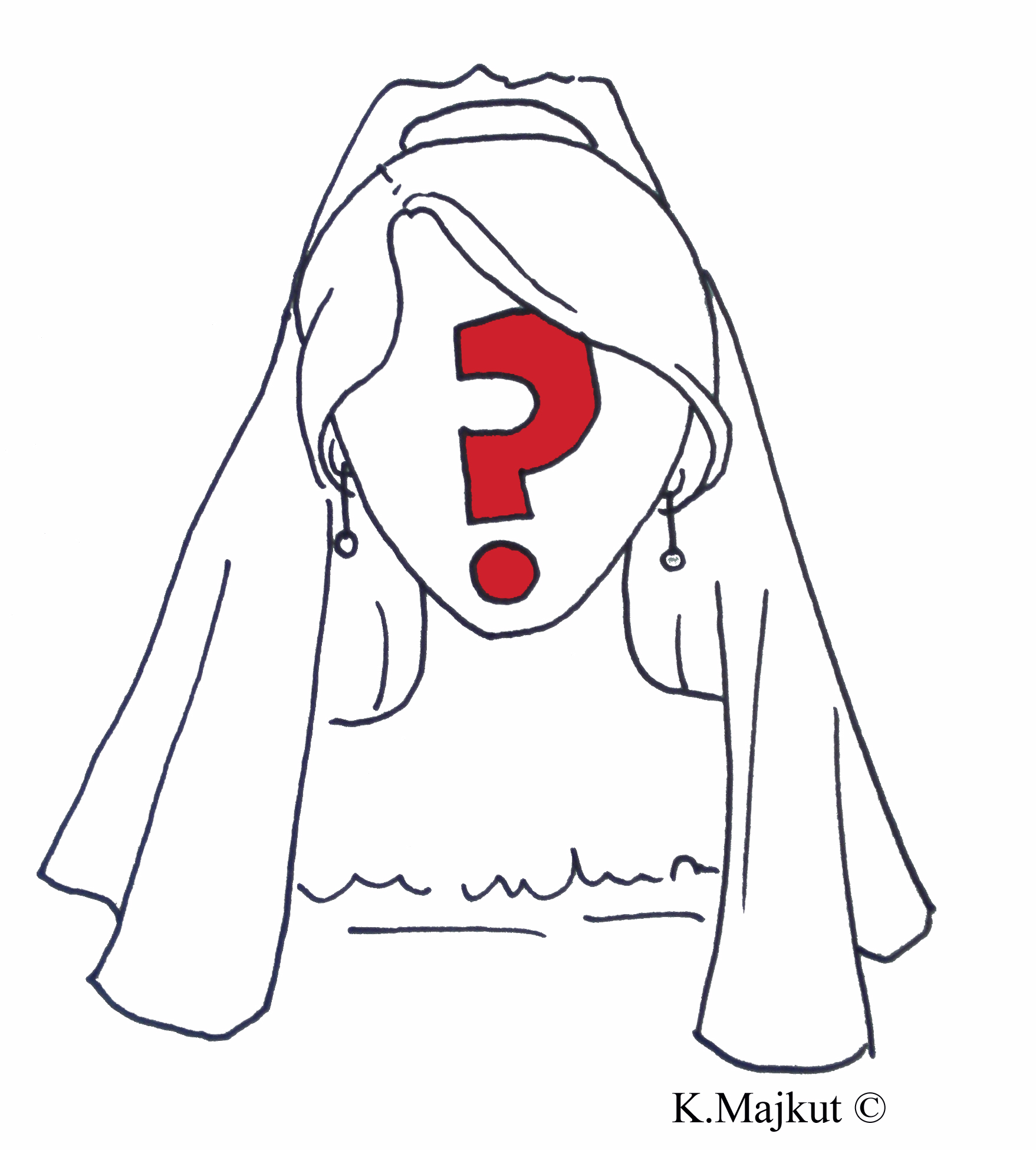

There’s no “Me” in Bride
Some people use their astrological signs to describe their personality – preordained by time and chance according to the alignment of the stars. Some attribute their character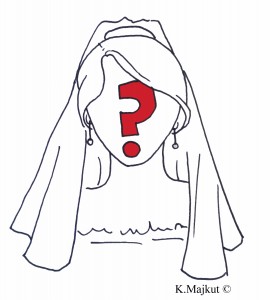 based on their parents or environment; access to money or lack thereof. There are many internal and external factors that help create you, and it’s nice to think that identity, to some extent, is something we can choose. After a short lifetime of making those critical choices or being products of our genetics or childhood, when it’s time to ring the wedding bells do we still have that personal choice to choose “who am I – as a bride?”
based on their parents or environment; access to money or lack thereof. There are many internal and external factors that help create you, and it’s nice to think that identity, to some extent, is something we can choose. After a short lifetime of making those critical choices or being products of our genetics or childhood, when it’s time to ring the wedding bells do we still have that personal choice to choose “who am I – as a bride?”

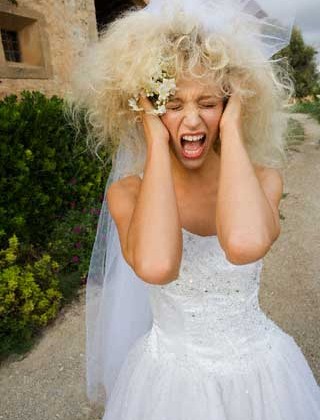
How to Stay Sane While Planning a Wedding – Quarterlette.com
Finding it tough to plan a wedding? Do you think wedding how-to books set unreasonable expectations?  Well guess what, those wedding how-to books set brides up to fail by implying that if things don’t go smoothly or perfectly – you’re failing. The problem is the perfect wedding is a Holy Grail quest. Like Don Quixote, Bridezillas can very easily to go mad searching for that elusive perfection. The truth is, it simply doesn’t exist. To learn how to ditch annoying perfect industry standards and get five easy steps on how to stay sane while planning a wedding and come to love being an imperfect bride, check out the article I wrote for Quarterlette.com.
Well guess what, those wedding how-to books set brides up to fail by implying that if things don’t go smoothly or perfectly – you’re failing. The problem is the perfect wedding is a Holy Grail quest. Like Don Quixote, Bridezillas can very easily to go mad searching for that elusive perfection. The truth is, it simply doesn’t exist. To learn how to ditch annoying perfect industry standards and get five easy steps on how to stay sane while planning a wedding and come to love being an imperfect bride, check out the article I wrote for Quarterlette.com.


Happy President’s Day to All The Past Female Presidents! Oh Wait, There Are None.
Between Republican Presidential Candidate’s Newt Gingrich’s delightful views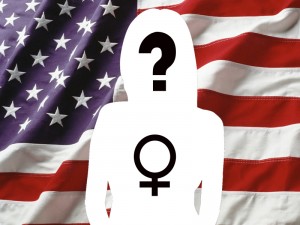 and treatment of women, people attacking Obama on his legislation protecting women’s reproductive rights, the Susan G Komen vs. Planned Parenthood debacle, Sarah Palin, Michelle Bachmann and now the blatant exclusive male debate over women’s birth control, I get a really warm, fuzzy and inviting feeling when it comes to women’s place in politics.
and treatment of women, people attacking Obama on his legislation protecting women’s reproductive rights, the Susan G Komen vs. Planned Parenthood debacle, Sarah Palin, Michelle Bachmann and now the blatant exclusive male debate over women’s birth control, I get a really warm, fuzzy and inviting feeling when it comes to women’s place in politics.
So when I see the countless people celebrating this President’s Day weekend, I’m only compelled to celebrate the Monday I’ve been given off. There’s little cause for me to celebrate. Out of 44 presidents (and 55 available terms), not one has been a woman. A few have come (sorta) close though. In 1872, Victoria Woodhull was the first woman to run for president. Back then women did not even have the right to vote in federal elections yet and wouldn’t until 1920 – 52 years later. The female candidates between now and then have been few and far in between with no successful ones. A 2009 poll revealed only 55 percent think America is now ready for a woman president. Despite Americans seeing themselves as a world leader, we actually rank 90th in the number of women in our national legislature. And given the US’s history of world politics we’d be embarrassed to realize what other countries are ahead of us such as Cuba (ranked 6th) and Afghanistan (30th). The figures are no more encouraging for other political positions. Overall, for dominating 51% of the total US population, women only account for 17% of the seats in Congress. And our numbers are declining. At this rate women will not reach parity for 500 years!
I’m happy to think that a lot of this birth control debate and the blatant misogyny we see occurring in our reproductive fate is encouraging women to speak up after too much silence. I haven’t seen such overwhelming support for women since the 1990s. The personal may be political, but in the public realm most of us have been keeping the personal private and that is clearly dangerous. We’ve naively assumed that the personal will be protected. Without our direct involvement in our own fate we can’t assume the progress of women will continue. Below is a list of where women in positions of political leadership currently stand. The statistics are scary.
On this President’s weekend, I encourage women to think about their own involvement in the political process. Are you voting for candidates that believe in women, that will fight for ALL women and include women on their own offices? What is your own involvement in politics – instead of being disgruntled at the our current state of affairs, why aren’t you throwing your hat into the ring? Many of us grew up in a generation that taught women can be anything they put their minds too, yet few of us have followed up on that idea. We should recognize we hold all the same skill sets, will and strength to run and hold positions of leadership as any other candidate. Why aren’t we more involved then?
Sorry to copy straight from the pages of the WCF Foundation, but I found the statistics so compelling, eye opening and straight forward that it just seemed better to give them a tip of the hat on their work and a little plug for their non-profit (Click here to donate to their “She Should Run” Campaign). Here is their mission statement: “WCF is dedicated to helping women build the skills and infrastructure they need to become more effective leaders in public life. WCF Foundation conducts action-oriented research and pilots targeted programs that prepare women to become more politically active, increase their engagement in key democratic processes, and ready them for public leadership roles. At WCF Foundation, we not only identify barriers to women’s political equality – we find solutions.” I would also like to point out The White House Project that encourages women’s leadership in all sectors. Their mantra of “Add Women, Change Everything,” speaks exactly to the power of including women.
FAST FACTS ABOUT WOMEN IN POLITICS
Where We Are: 2010 Election Update
For the first time since 1987, the United States made no progress in electing more women to Congress.
- Democrats lost control of the House of Representatives, bringing an end to Represenative Nancy Pelosi’s historic leadership role as the first woman Speaker of the House. (Source)
- 3 women committee chairs—Rep. Louise Slaughter on the Rules Committee, Rep. Nydia Velazquez on the Small Business Committee, and Rep. Zoe Lofgren on the Standards of Official Conduct Committee—will also lose their leadership positions as the Democrats become the minority party in the House. (Source)
- The number of women serving in the Senate will remain level at 17. The number of women serving in the House of Representatives will drop for the first time since 1979. (Source)
- 10 incumbent Democratic Congresswomen lost their seats. No Republican women in the House lost their seats. One incumbent woman Senator lost her seat. (Source)
A few pieces of good news in an otherwise dreary election cycle for women:
- Hawaii elected women to both of its U.S. House seats, making it the first state with more than one congressional district to have all-female representation in the House of Representatives. (Source)
- Five women of color were elected to the House of Representatives, including WCF-Endorsed Terri Sewell, who will become Alabama’s first African-American Congresswoman. (Source)
Women are still under-represented at all levels of government.
- Women hold only 17% of the seats in Congress. (Source)
- Only 22% of all statewide elective executive office positions are currently held by women. (Source)
- State Legislatures are only 24% women. (Source)
- Only 6 out of 50 states have a female governor. (Source)
- The United States trails behind much of the world—ranking 90th in the number of women in our national legislature. (*Note: The U.S. is listed as 73rd, but after accounting for tied rankings of other countries, the ranking for the U.S. is 90th. Source)
- On average, male cabinet appointees outnumber women cabinet appointees in our states by a ratio of 2 to 1. (Source)
- 50% less women than men consider of running for office. Of those, 30% less actually run, with only a fraction seeking higher office. (Lawless, Jennifer and Richard L Fox. It Takes a Candidate: Why Women Don’t Run for Office. New York: Cambridge UP, 2005.)
- Women constituted 54% of voters in the 2008 elections, but only 24% of state legislators. (Source)
- Women of color represent only 4% of Congress and 23% of women Members of Congress. (Source)
Facts on women of color in elective office
- Of the 89 women serving in the 112th US Congress, 24 or 27% are women of color. (Source)
- From those, 13 are African American, 7 are Latina, 4 are Asian American and none in Native American.(Source)
- Of the 68 women serving in statewide elective executive offices 10, or 14.7% are women of color. (Source)
- Women of color constitute 4.7% of the 7,382 state legislators. (Source)
Why We’re Here
Parties can make or break a woman candidate:
- About one-third of women say that someone tried to discourage them from running—most often an officeholder or political party official. (Source)
- Women are more likely than men to say that party support was very important to their decision to run. Women are also more likely to cite their party, rather than an organization, as the most influential source of encouragement for their candidacies. (Source)
Gender Stereotypes still play a role:
- Both male and female voters are much more judgmental about the appearance and style of a female candidate than of a male candidate. Although all candidates are judged on these attributes to some degree, women have a more difficult challenge in convincing voters to judge them on their merits rather than on their appearance.(Source)
- If a woman candidate is unmarried, both male and female voters perceive her as less likely to share their own family values. (Source)
Money Counts:
- The top three women who enjoyed incumbency advantage in 2008 raised approximately $33 million—$16 million less than the total for the top three male incumbents. (Source)
- In highly competitive races, the gap between the top-raising female and male U.S. Senate challengers in 2008 was almost $14 million (Senator Kay Hagan raised $8.5 million and Al Franken $22.5 million), which is $8 million more than the difference in 2006. (Source)
- Male U.S. House incumbents raised on average $196,281 more than women in 2008. Only five of the 1303 candidates relied on women for more than half their contributions. (Source)
- Most women believe that it is harder for female candidates to raise money than male candidates, while the overwhelming majority of men believe it is equally hard for both men and women. (Source)

